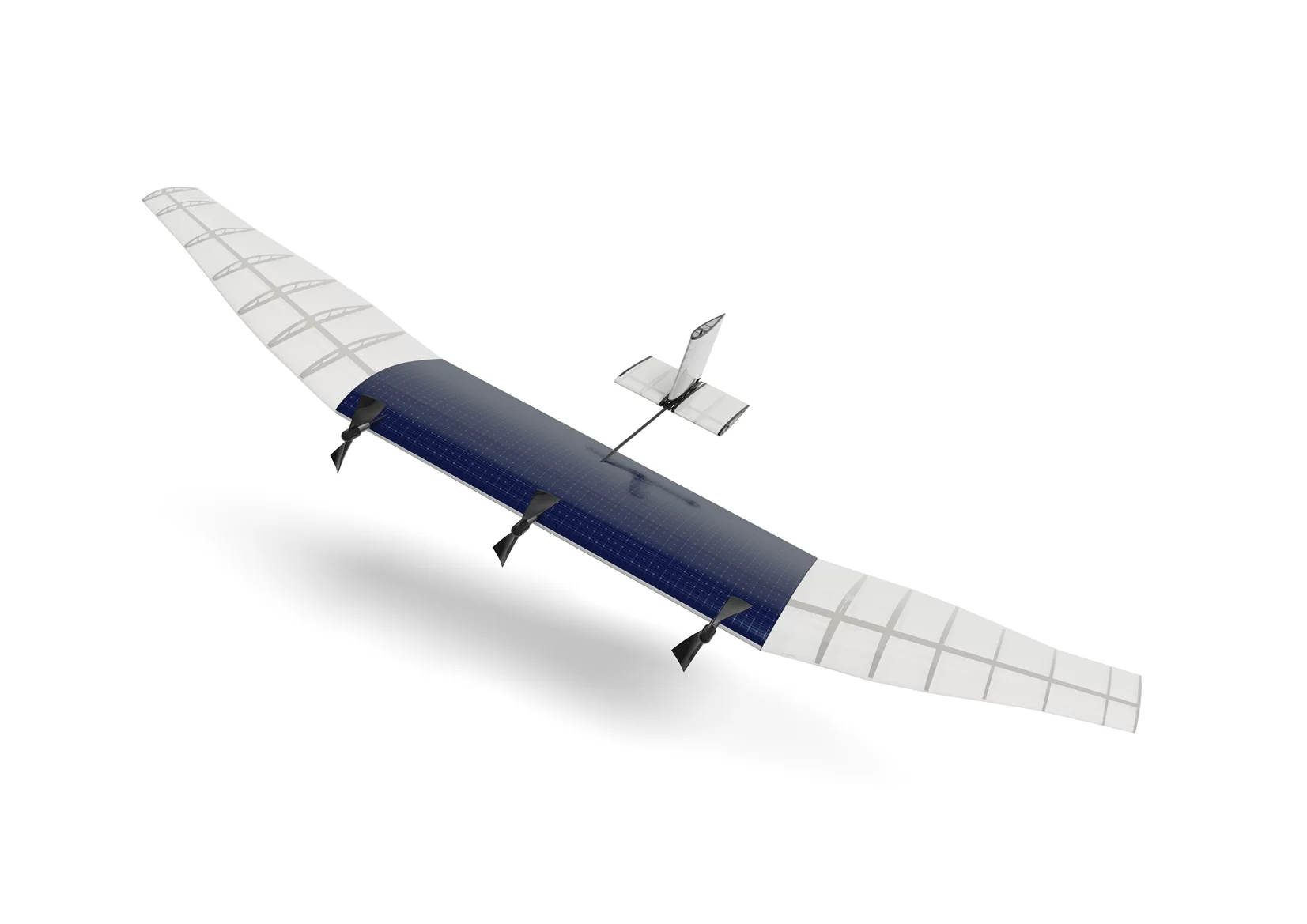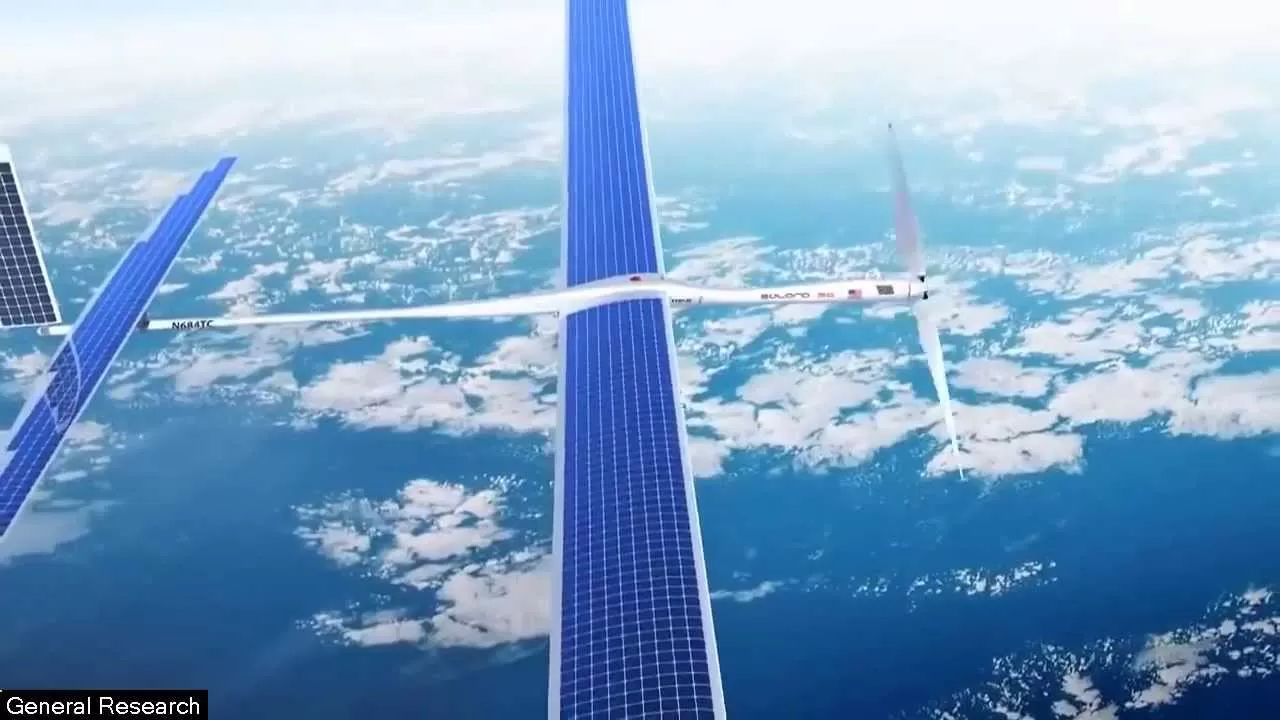Internet is being used by many and there are also those who are deprived of it. To make everyone’s dream come true Facebook is about to launch Aquila, a drone, to provide worldwide internet connectivity so that it reaches every household. But to understand that one must know what actually drones are.
What are drones?
Drones, also known as Unmanned Aerial Vehicles (UAVs) or Remotely Piloted Aerial System (RPAS), are the devices that fly in the air but do not need any human being to operate sitting inside. Instead of that someone controls them from different location and there are also some drones that are self operating. These are used in those areas where flights are too risky or difficult to reach. These also contain cameras that provide real-time imagery of its surroundings. Due to this reason it is also called “eye in the sky” that can be used for spying. Since drones can be small in size so usually go unnoticed. These even don’t get detected by the RADAR.
Now let’s be back to Aquila. As for Facebook it has already over a billion users but it has plans to reach each and every household. For that the drone will be helpful, that’s what it claims. And that is not just a single drone it talks about. It contains a series of multiple drones that are autonomous in nature and will be raised much higher in the sky, beyond the airplanes or obstructive weather conditions. The height will be between 60,000 to 90,000 feet, far below the satellites and much above where the airplanes fly.
The purpose is that the drones will beam the WiFi signal to those areas where there is no facility of cell towers due to economic or geographical reasons. This is how everyone would be able to communicate throughout the internet, no matter in which part of the world they reside.
The prototype is already developed but the real-time testing of Aquila is yet to come in the coming months; the location hasn’t been revealed for now. It is 142 feet wide, greater than Boeing – 737 but weighs less than one-third of Toyota Prius. It doesn’t need to power up through artificial batteries. It can be charged using solar power. To deliver the WiFi signals Aquila will use lasers for the communication. The aim is to deliver tens of gigabytes per second. The drone-to-drone communication is technically equivalent to hitting a dime 11 miles away while it is still moving.
There are also safety concerns regarding the launch in case the drone falls in the sky. Before it receives any certification Facebook is ready to face the consequences that are less likely to occur. But before these are actually launched, it would be too soon to conclude anything. Each drone will be able to cover 50 miles of radius. Facebook is ready to perform its job tirelessly for months and years with lots of updates and modifications and most importantly handling extreme temperatures and managing any kinds of unexpected stresses.
Facebook isn’t going to be the operator. Its plan is to support the current and future technologies so that the governments and other operators get the best benefits out of it. This would be way cheaper than any other present technology that needs fiber optics, towers, or any other means to provide internet service.

The main advantages of Aquila are the following:
1. It is highly cheaper, way more than any private firm or government needs to spend on establishing the tower and optical fibers.
2. It has ability to reach everybody due to the provision of cheaper rates. People will then be able to use the internet service, no matter from what part of the world they are trying to connect.
3. Fast internet due to laser beams.
4. Ability to send signals at places of extreme climatic conditions.
5. Will remain on its working condition roughly for approximately 5 years.
6. No wastage of fuel or intention of spreading pollution in the environment because of using sunlight, a renewable source of energy.
7. May provide platform to telecommunication operators so that they deliver their service to most parts of the world.
Disadvantages
1. First and foremost will be the concerns of it to fall from the sky at those localities that are heavily populated.
2. May face failed solar energy receptors or other hardware malfunctioning at times.
3. Many countries may hesitate to give them the permission right above to avoid spying.
4. Timely hardware maintenance will be needed to drones that are miles away from earth which is challenging.
There is no guarantee that this mission will be successful, since the project isn’t new. Similar project was about to be launched in the 1990s which was a fail. It may also be a success since there is a huge difference between then and now. Facebook is cooperating enough to follow all the rules. It has hired best engineer professionals to make sure that the project gets huge applauds. For now no one can say what will be the future but let’s hope that it gets carried successfully and this upcoming technology gets a tremendous breakthrough.








